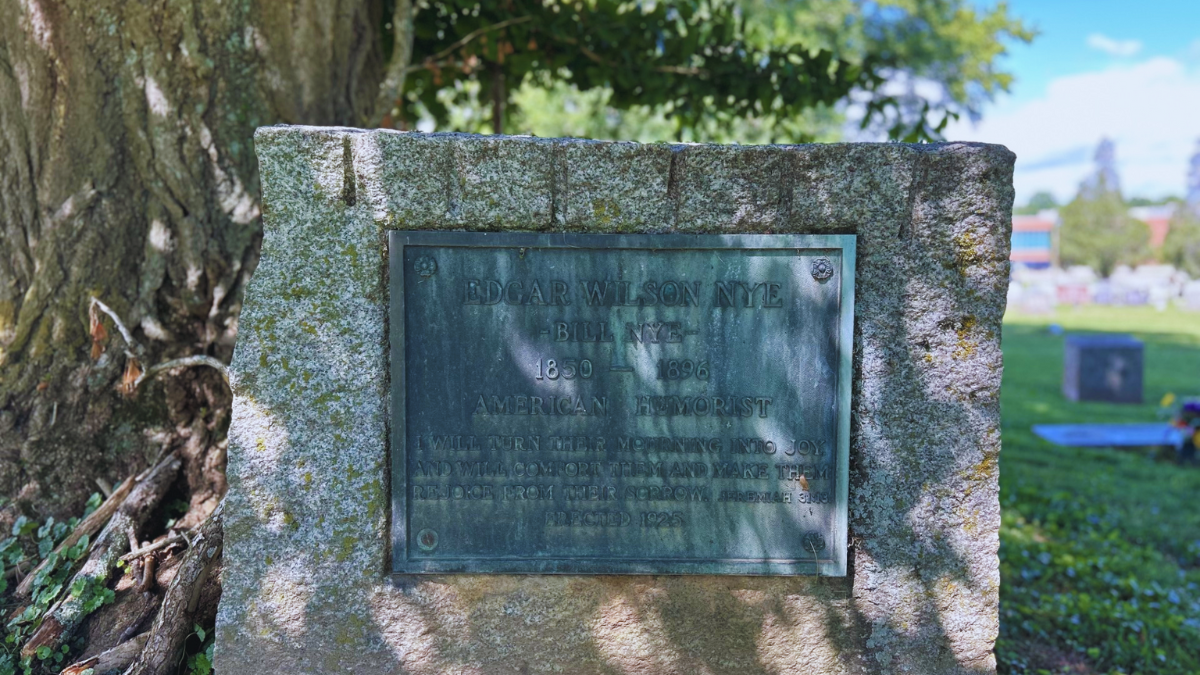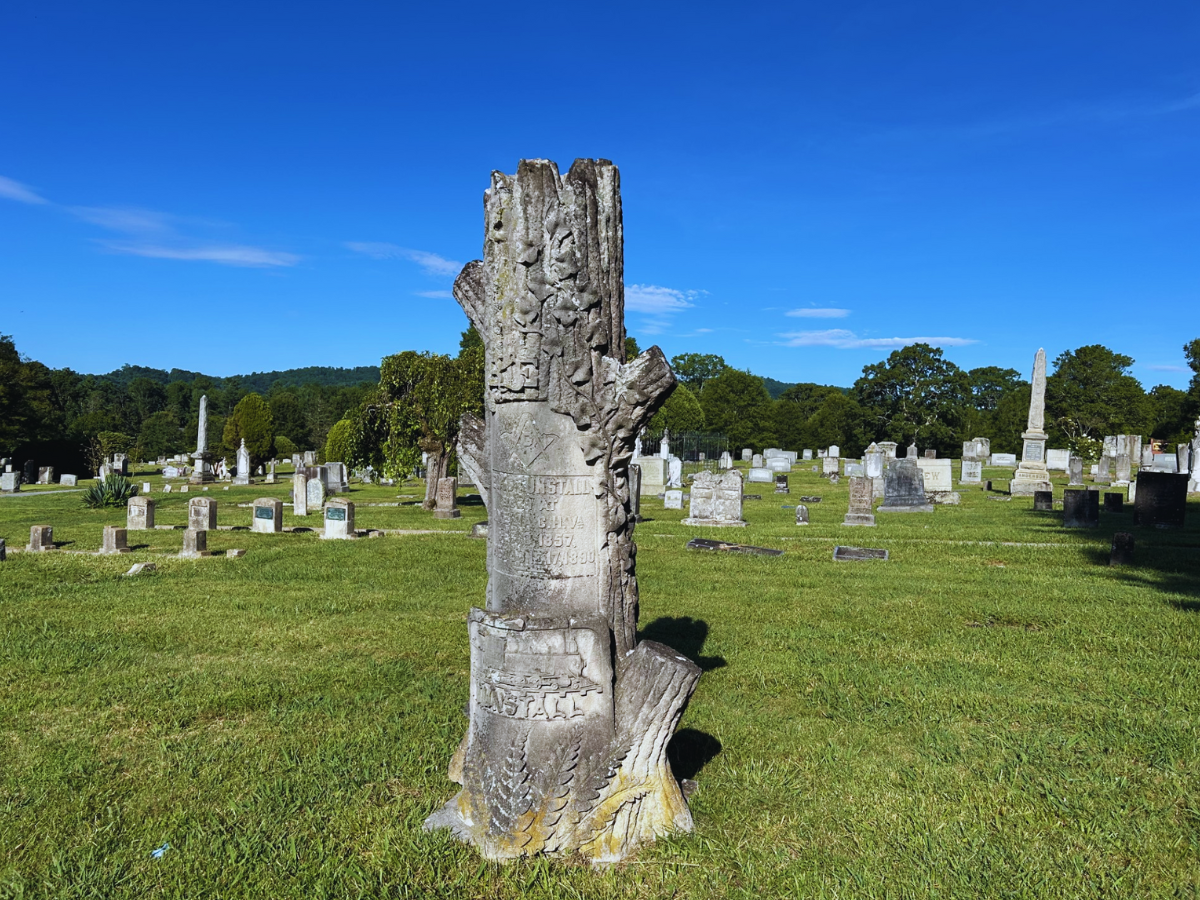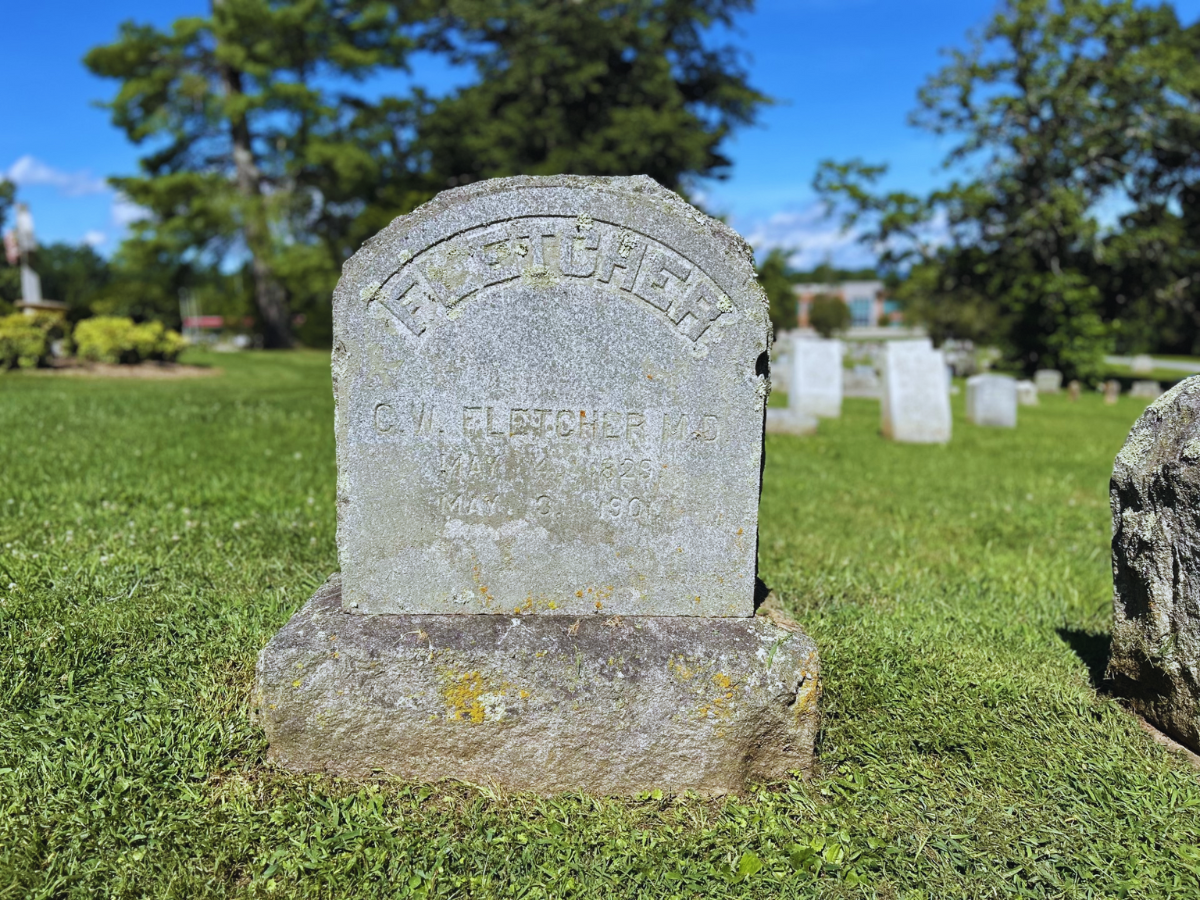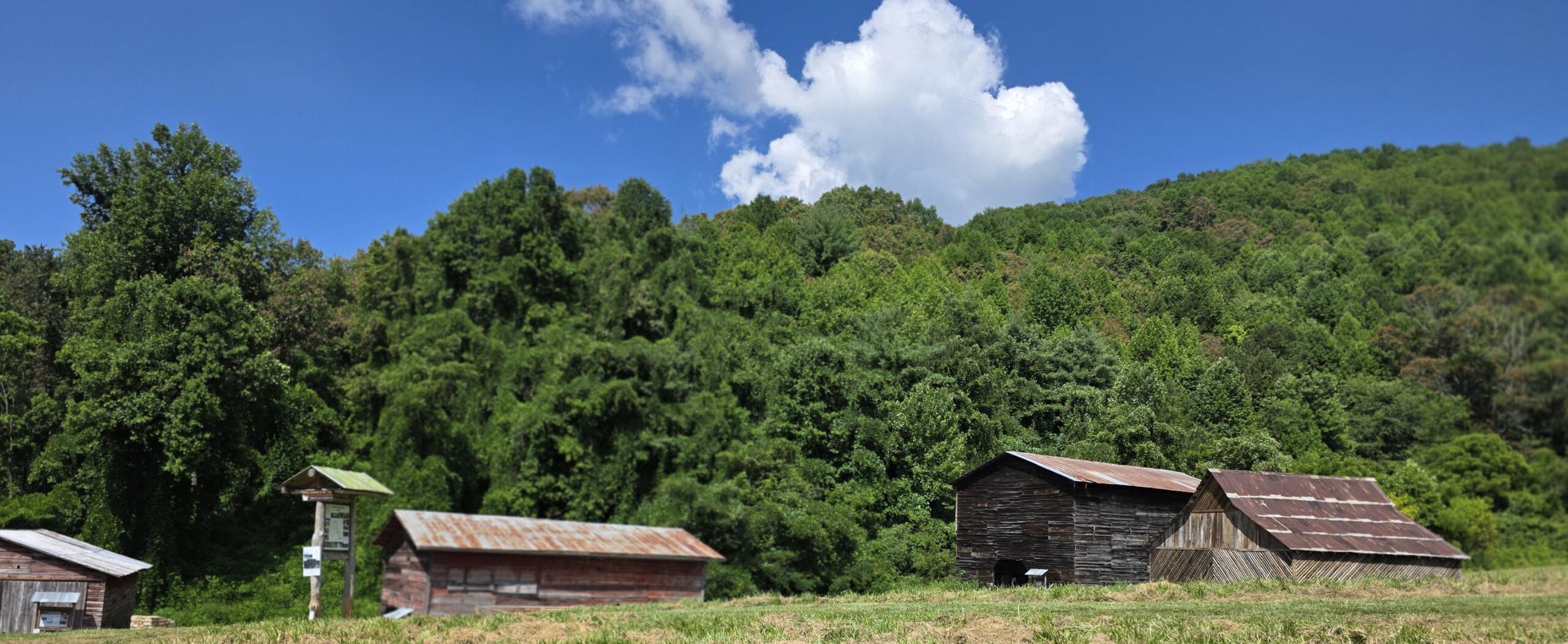EDITOR’S NOTE: Every grave tells a story. Some are widely known, others nearly forgotten. In Tombstone Tales, we explore the lives of people buried across Western North Carolina—individuals who shaped the region’s history in ways big and small. From war heroes and civic leaders to unsung community members, this series sheds light on the lives that helped define the place we call home.
ASHEVILLE, N.C. – This Memorial Day weekend, as flags are placed on headstones and families gather to honor the fallen, we pause to remember a young pilot whose name marked one of the city’s earliest sacrifices in World War I.
First Lt. Lawrence Bennett Loughran, 24, was killed in action on July 28, 1918, during an aerial dogfight over Calais, France. He was the first Asheville soldier to die on the French front after the United States entered the war.
Loughran had written home just three weeks earlier. In a letter dated July 7, he told his family, “If they get me, I will die with a smile on my face, thinking of the dear ones at home.”
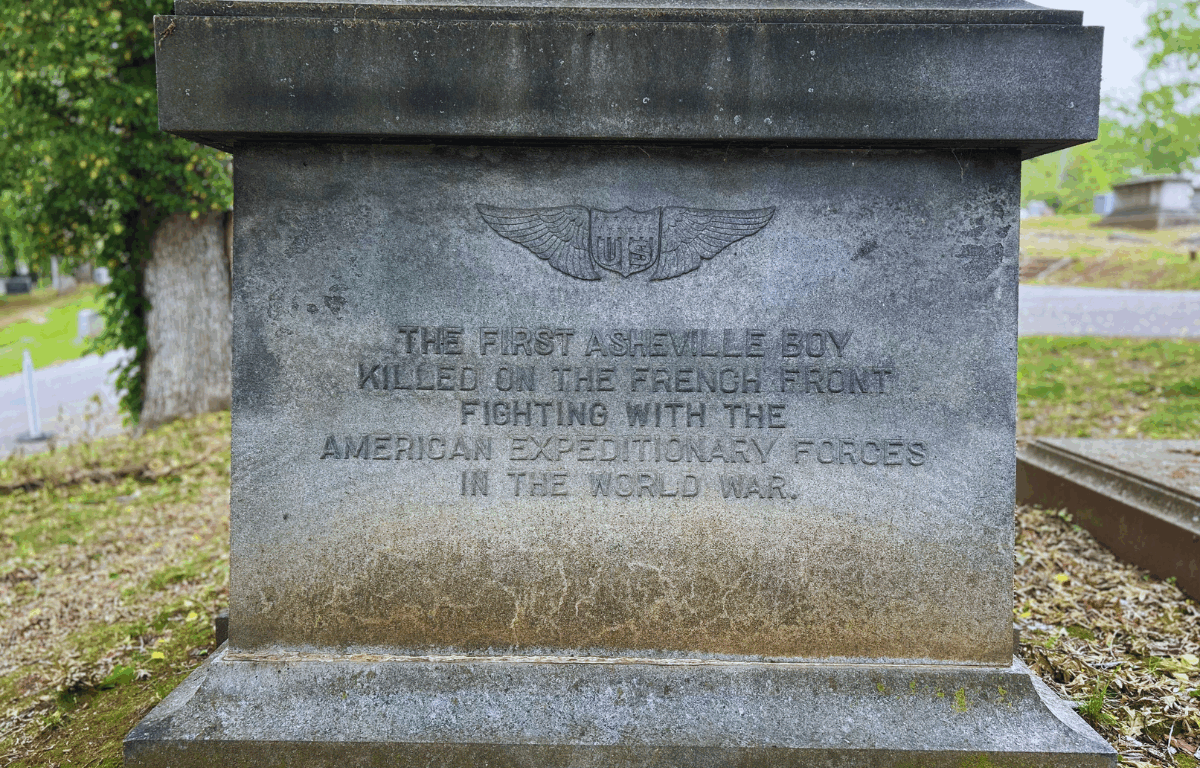
The United States declared war on Germany on April 6, 1917. Loughran volunteered the following day. He trained as a pilot and was commissioned First Lieutenant Aviator on Sept. 27, 1917. Less than a year later, he was serving with the American Expeditionary Forces overseas.
News of his death reached Asheville in the summer of 1918. His family was later notified that he had been buried in Grave No. 9 at a British military cemetery in Wavans, in the Pas-de-Calais region. A French woman who lived nearby tended his grave during and after the war. Loughran’s brother-in-law and a friend from college traveled to the site to pay their respects.
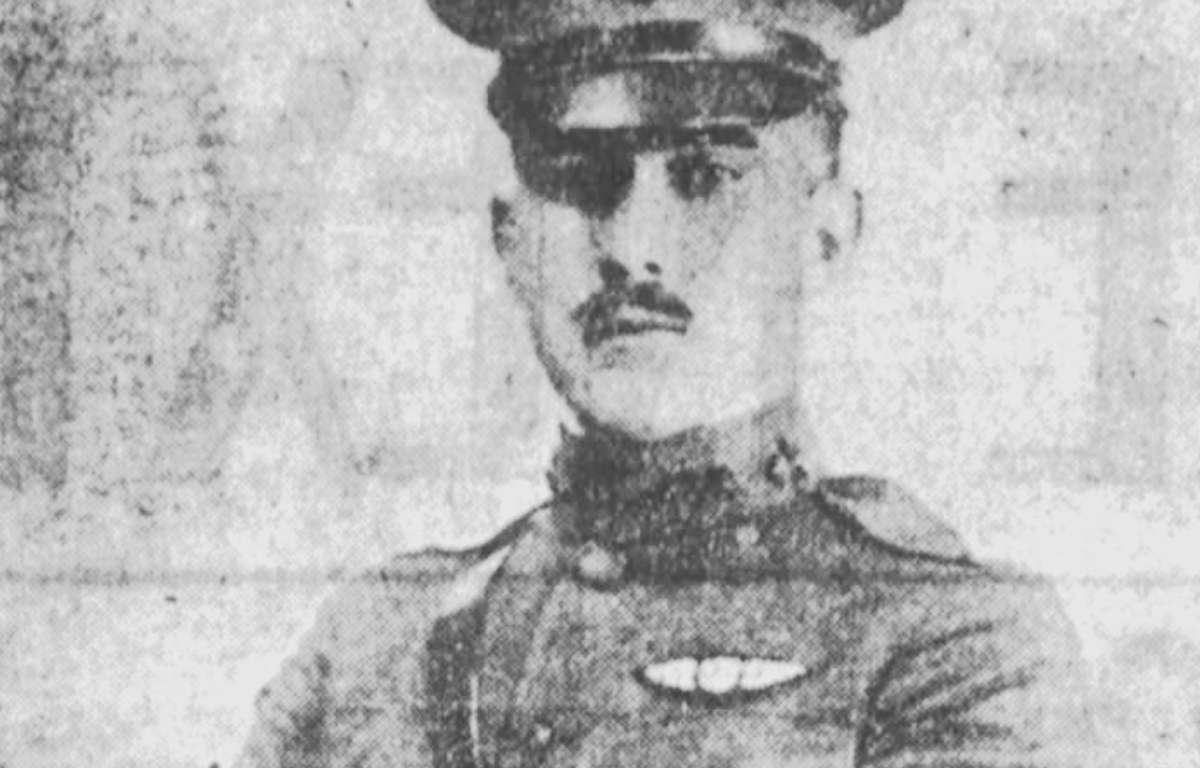
In 1919, two years before his remains were returned to Asheville, the Loughran family commissioned a memorial in his honor at Riverside Cemetery. The monument was designed by Richard Sharpe Smith, a prominent Asheville architect known for his work on the Biltmore Estate and other landmark buildings across the city. The memorial stood as a public tribute.
In 1921, the Loughran family arranged for his body to be returned to North Carolina. His remains arrived in Asheville on March 25 and he was buried at Riverside Cemetery. The family erected a monument in his honor.
His story, like so many others remembered on Memorial Day, is one of sacrifice and service. Generations of Western North Carolinians have since followed in his footsteps—serving their country in conflicts from World War II to the present day.
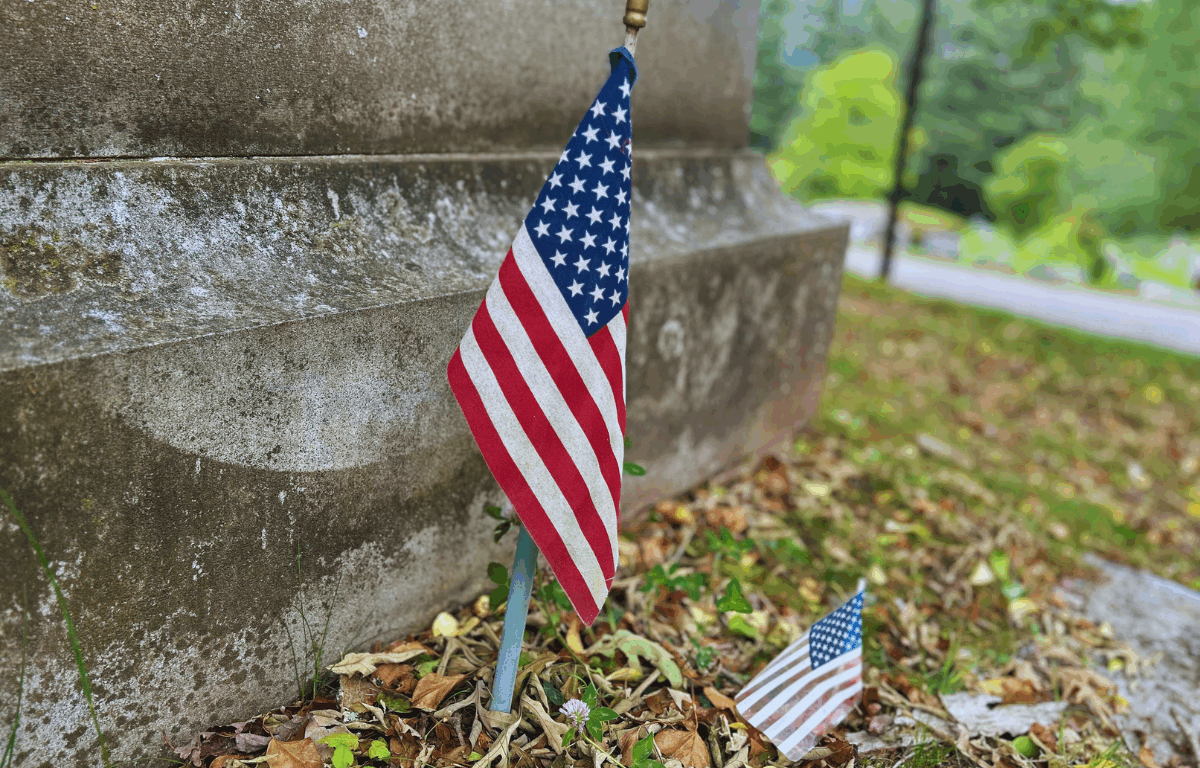
This Memorial Day weekend, Loughran’s grave at Riverside stands as a lasting tribute. His words from more than a century ago still echo, reminding us of the personal cost of war and the quiet courage of those who serve.
“If they get me, I will die with a smile,” he wrote. It was a promise and a legacy.
This weekend, Asheville honors that legacy—and all who have worn the uniform and never made it home.
Visit Riverside Cemetery in Asheville, North Carolina
[wpgmza id=”18″]
-
Tombstone Tales: Kenneth Noland, Asheville’s master of color and form
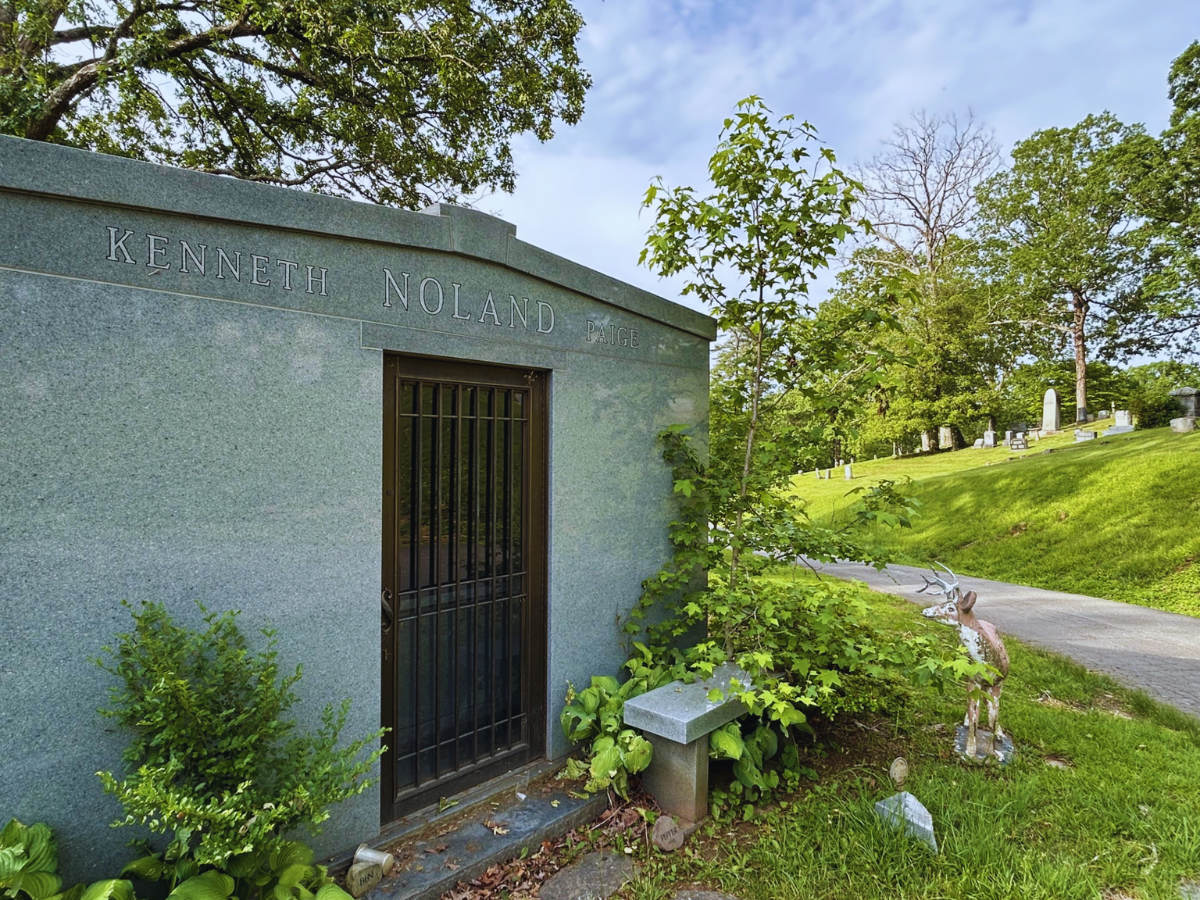
Explore the life and legacy of Asheville native Kenneth Noland, a pioneer of abstract art, and the story behind his walk-in mausoleum in Riverside Cemetery.


